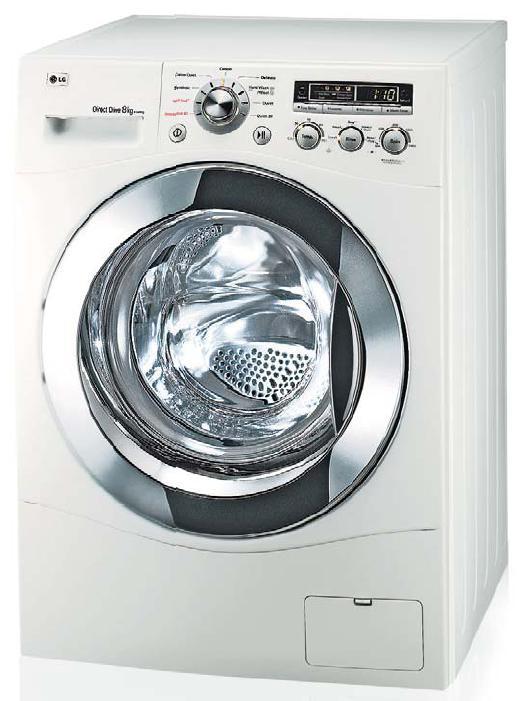If you’re buying a washing machine, there’s more to consider than just type, size and price.
All machines have a range of cycle times to choose from.
If you're buying a front loader, a higher price generally means more features such as spin speeds and electronic controls.
If you're after a top loader, paying more should get you a machine that can adjust the wash to match the load size and maybe even the fabric. This can mean lower energy costs, lower water use and lower fabric wear. Be aware, though, that many top loaders aren’t gentle enough to wash “woollens” or “delicates”.
Tip: If there’s no "wool" or “delicate” cycle, you’ll have to adapt. You may need to use another wash cycle and shorten its wash time, lower the spin speed and/or set the water temperature to warm.
A spin speed of 1000rpm will remove a good amount of water. This cuts down on drying time, but could cause more creasing. Some models allow you to select a spin speed independently of the wash cycle.
Most laundry detergents are formulated to work in cold water (with a temperature between 15°C and 20°C). However, if you live in a cold climate, your machine may do a "controlled cold" wash where a small amount of hot water is used to lift the wash temperature to about 20°C. This helps the detergent dissolve properly.

If you have solar hot water, using it for warm and hot washes could save time (due to shorter wash times) and electricity. Most top loaders have tap connections for both hot and cold water. If you’d prefer a front loader, your options are limited: few front-loading models have dual connections. Even when they do, some draw in hot water only for a hot wash (60°C or hotter). For warm washes, they use their element to heat water.
Tip: Warmer water makes most detergents more effective – so for those really dirty loads, use a warm wash.
A downside of front loaders and water-efficient top loaders is that they can produce stiff, rough or scratchy towels. For towels to fluff up nicely, they need to be immersed in water.
Also, if too little water is used for rinsing, you may find detergent residue on your laundry.
We test washing machines using their “normal” cycle rather than their water-saving cycle, so our water-consumption figures will often be higher than those stated on the mandatory water-efficiency labels. Nevertheless, our test results can help you choose a machine that’s good at rinsing while still being water-efficient.
Machines without this feature will stop when laundry clumps excessively. Those with this feature gently agitate the load to re-arrange it – a valuable option if you put on a load overnight and want to ensure you’ll be able to hang it out before you go to work.
Figure out how much space you have before buying a washing machine. The dimensions (HxWxD) provided by the manufacturer are for the appliance itself, but you’ll need some wiggle room during installation. And don’t forget the plumbing: check how far the hoses, cords and plugs extend and add that measurement, plus a bit more for airflow, to the stated depth.
Washing machines tend to vibrate, especially during the spin cycle, so leave at least 5cm on each side to accommodate any movement.
Also consider potential obstructions. If you have a top loader, will you be able to open the lid fully and reach inside without banging your head on a cabinet or shelf? With a front loader, will wall mouldings, for example, prevent the door from opening properly?
To calculate what capacity washing machine you need, weigh the maximum load you wash. If you have a set of bathroom scales, hop on with an empty washing basket for the base reading, then fill the basket with the maximum amount you’d wash at one time. Get back on the scales with the full basket, then subtract the first measurement from the second to get your load weight. Now you know what capacity you need.